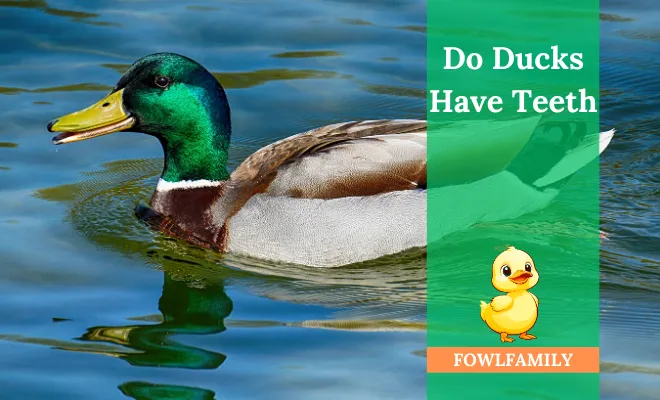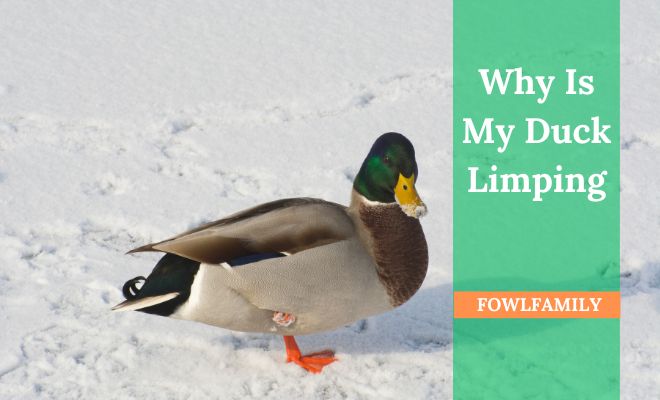All You Need To Know About Blue Swedish Duck Breed
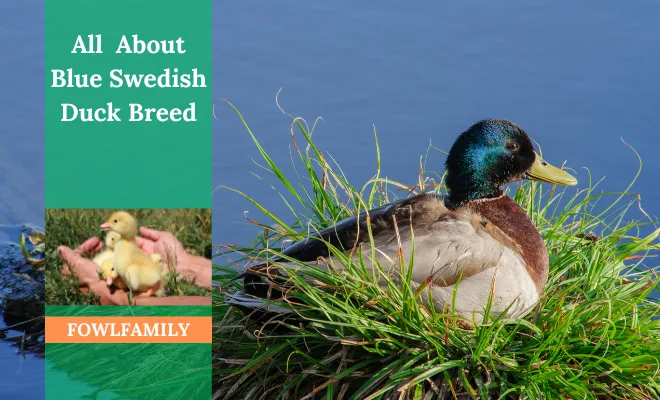
Blue Swedish Duck Breed, hearing the name, what are you thinking? Is its origin in Sweden, or what does it look like?
Yes, its origin is Sweden, and it has blue plumage. The Blue Swedish duck is known as the Swedish Blue or Swedish Duck. It is a captivating and versatile breed cherished for its unique qualities and rich history. It is a domesticated duck breed.
In this comprehensive guide, we will explore everything you need to know about the Blue Swedish duck. Starting from its origin and history to its distinctive appearance and various uses.
Table of Contents
Blue Swedish Duck Breed Profile
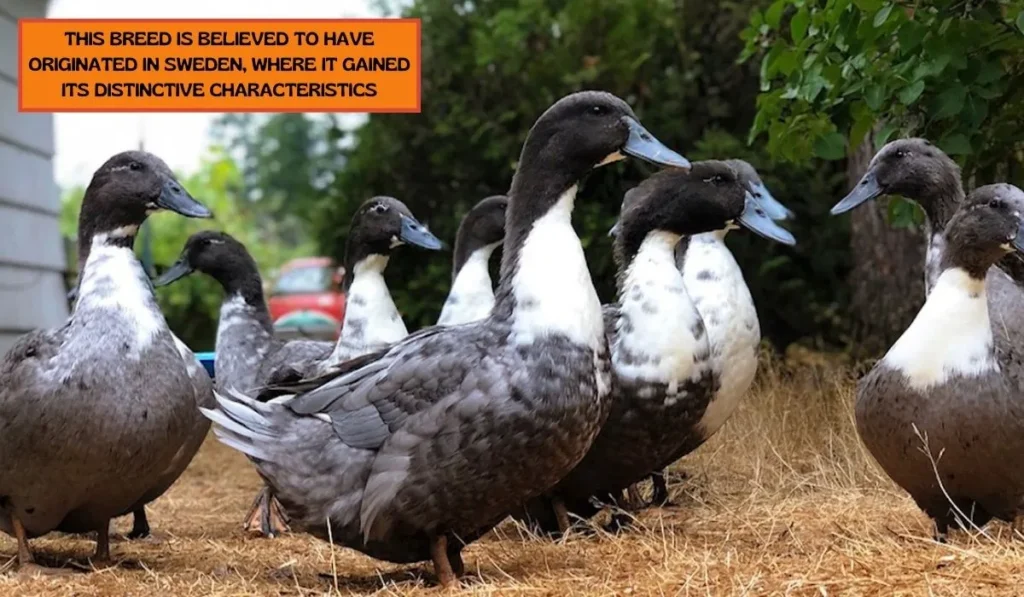
Here is a short profile of Blue Swedish Duck:
| Name | Swedish |
| Breed type | Domestic breed |
| Scientific name | Anas Platyrhynchos Domesticus |
| Origin | Pomerania (a part of Sweden Kingdom) |
| Purpose | Egg & Meat |
| Size | Medium |
| Weight | Adult females: 6-7 lbs |
| Adult males: 8.8 lbs | |
| Mature: 6.5 lbs at 16 weeks old | |
| Temperament | Quiet, gentle and shy, and can make a good pet |
| Start to lay eggs | About 6 months old |
| Amount of laid eggs each year | About 180 eggs |
| Conservation status | Critical |
| Amount of existing ducks | Less than 2500 in the US |
| Ability of flying | Not a good flyer |
| Lifespan | 8-12 years |
A Brief History Of Blue Swedish Duck Breed
The Blue Swedish duck has a fascinating origin and history. While its precise lineage is not always well-documented, here is a brief overview of the origin and history of the duck:
Sweden and Germany
The Blue Swedish duck’s name provides a clear hint about its origin. This breed is believed to have originated in Sweden, where it gained its distinctive characteristics. It’s also possible that the breed may have some roots in Germany.
Pomerania
Some historical records suggest that the Blue Swedish ducks were present in Pomerania in the early 1800s. At that time, Pomerania was part of the Kingdom of Sweden, which explains the “Swedish” in its name.
Hardiness and Meat Quality
The blue ducks in Pomerania were known for their hardiness and superior meat quality. Their coloration made them less visible to predators, contributing to their popularity in Europe over the centuries.
Introduction to the United States
First Swedish Blue ducks made their way to the US in 1884. It was in the late 19th century that these ducks were first imported to American soil. There, they were recognized for their unique qualities.
Recognition by the American Poultry Association
In 1904, the Blue Swedish duck gained recognition from the American Poultry Association. It played a significant role in solidifying its status as a distinct breed.
Population & Distribution of Blue Swedish Duck Breed
The Blue Swedish duck is a relatively rare breed of domestic duck. The majority of Blue Swedish ducks are found in Sweden, Finland, and Norway. But they are also becoming increasingly popular in other parts of the world, such as the United States, Canada, and the United Kingdom.
Due to its listing on the Food and Agriculture Organization of the United Nations’ Critical Breeds List, Swedish Blue Duck is facing a dire condition. There are currently only 163 breeding ducks of this one in Sweden. In the United States, the situation is not much different, with less than 2,500 individuals in existence.
These ducks are being closely monitored and have earned a place on the American Livestock Breeds Conservancy watchlist. That is highlighting the urgent need for conservation efforts to safeguard their future.
Appearance and Identification of Blue Swedish Duck Breed

The Blue Swedish Ducks have some differences based on male and female appearance. So, here is a breakdown –
Male Blue Swedish Ducks
- The male Blue Swedish duck boasts a stunning, even blue-gray plumage with a captivating metallic sheen.
- Its head is a darker blue than the body, creating a striking contrast with the yellowish-orange bill.
- Larger in size, the male has a robust, well-proportioned body, weighing between 8 to 9 pounds.
- Sporting orange legs, they complement the overall color scheme of the breed
Female Blue Swedish Ducks
- Female Blue Swedish ducks share a similar blue-gray plumage with males, though slightly lighter.
- The head is a shade of blue, and the bill is yellowish-orange, with a less distinct contrast.
- Slightly smaller and more streamlined, adult females weigh between 6.5 to 8 pounds.
- Like males, their legs are adorned in the characteristic orange color.
Similar Traits
- Both genders share a broad, flat bill suitable for foraging and dabbling in water.
- The defining feature of Blue Swedish ducks is their blue plumage, present in both males and females.
- Consistent orange-colored legs are a distinctive element in their appearance.
- Renowned for hardiness and adaptability, Blue Swedish ducks are favored by enthusiasts.
See the video for more facts about this breed –
Blue Swedish Duck Breed and their Eggs, Breeding, Show, and Meat
- Eggs: They lay around 180 large white, green, or bluish-green eggs every year. They start laying around 25 to 30 weeks old and are known to be broody.
- Mothers: They make good mothers and can hatch eggs.
- Meat: Swedish Blue waterfowls are favored for their tasty lean meat, with birds maturing at 16 weeks.
- Pets: They have calm and friendly natures, making them suitable as pets.
- Show: They are show-worthy birds with great posture and beautiful plumage.
- Prime: They can lay eggs until around 8 to 9 years of age if they stay healthy.
Behavior And Temperament of Blue Swedish Duck
Swedish Blue ducks are known for their calm, sweet, and docile nature, which makes them suitable around supervised children. They are not strong flyers and tend to sail calmly. They socialize well with other ducks, and they can mix with various domesticated breeds.
Ideal Environment for Blue Swedish Duck
These ducks adapt well to various environments, and their ideal garden size can range from medium to large. They can be confined, but they prefer free-ranging to explore and forage for treats.
Swedish Blue ducks love hunting for slugs and snails, which can be a valuable asset in pest control like the Indian Runner Duck. They are well-suited for both hot and cold weather, making them adaptable to different climates.
Health Condition of Blue Swedish Duck
In terms of health, these ducks are among the hardiest of duck breeds. They have no known specific health issues, provided they are well cared for and kept in clean conditions. Regular deworming is recommended, but they are generally robust and resilient.
4 Uses of Blue Swedish Duck
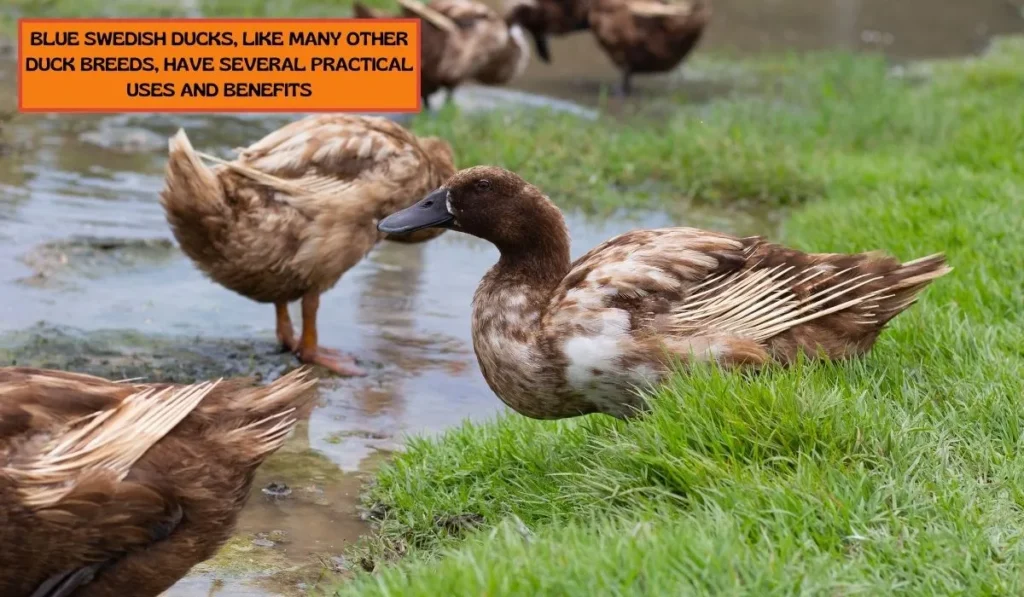
Blue Swedish ducks, like many other duck breeds, have several practical uses and benefits. Here are some of the primary uses and roles of Blue Swedish ducks:
- Egg Production: Blue Swedish ducks are good layers, with hens typically producing around 180 large white eggs annually. These eggs are not only delicious but also versatile in the kitchen.
- Meat Production: They are also raised for their flavorful and lean meat. Their meat is highly regarded for its taste and texture, making them a valuable source of poultry meat.
- Pest Control: Blue Swedish ducks are excellent foragers and love to hunt for insects, slugs, snails, and other small pests. They can play a role in pest control in gardens and on farms.
- Ornamental and Exhibition: Their distinctive blue plumage and friendly temperament make them popular choices for ornamental or exhibition purposes. They can be showcased at poultry shows and events, adding to their appeal.
7 Things To Raise Blue Swedish Ducks
These ducks are known for their friendly disposition, distinctive appearance, and utility in both egg and meat production. Here’s a guide to help you get started with raising Blue Swedish ducks:
| Housing | Provide a secure shelter or coop to protect ducks from weather and predators |
| Space and Fencing | Allow ample outdoor space with fencing for safety and free-ranging |
| Bedding | Use straw or hay for clean and dry bedding; replace as needed |
| Feeding | Offer a balanced diet, including pellets, grains, and fresh vegetables |
| Water Access | Provide access to water for swimming and preening |
| Socialization | Keep ducks in pairs or groups for companionship |
| Breeding | Create suitable breeding conditions and select breeding pairs carefully |
3 Facts About Obtaining Blue Swedish Duck
Obtaining a Blue Swedish Duck is a challenging thing. Here are some of the breeding results:
- When a male Blue Swedish duck (drake) and a female Blue Swedish duck mate, only 50% of their offspring will inherit the blue plumage. The other 25% will be black, and the remaining 25% will have splashed or silver coloring.
- One effective approach is to breed Black Swedish ducks with Silver or Splashed ducks, as this combination has a higher likelihood of yielding Blue Swedish offspring.
- By employing these two separate pens, breeders can significantly increase the chance of obtaining 100% Blue Swedish ducklings in each pen.
Related Readings:
Bottom Line
Swedish Blue Duck, also known as the Blue Swedish or Swedish Duck, is a captivating breed with a rich history and charming characteristics. Originating from Pomerania, this medium-sized duck has garnered recognition from the American Poultry Association.
Blue Swedish Duck is a delightful and versatile breed known for its friendly nature, adaptability, and dual-purpose utility. Whether you’re a first-time duck owner or a seasoned enthusiast, these ducks make excellent additions to any flock. Their rich history and unique characteristics make them a fascinating choice for those looking to keep ducks in their backyard.
Resources & References:
- https://earthlife.net/blue-swedish-ducks/
- https://www.waterfowl.org.uk/domestic-waterfowl/heavy-ducks/blue-swedish/





